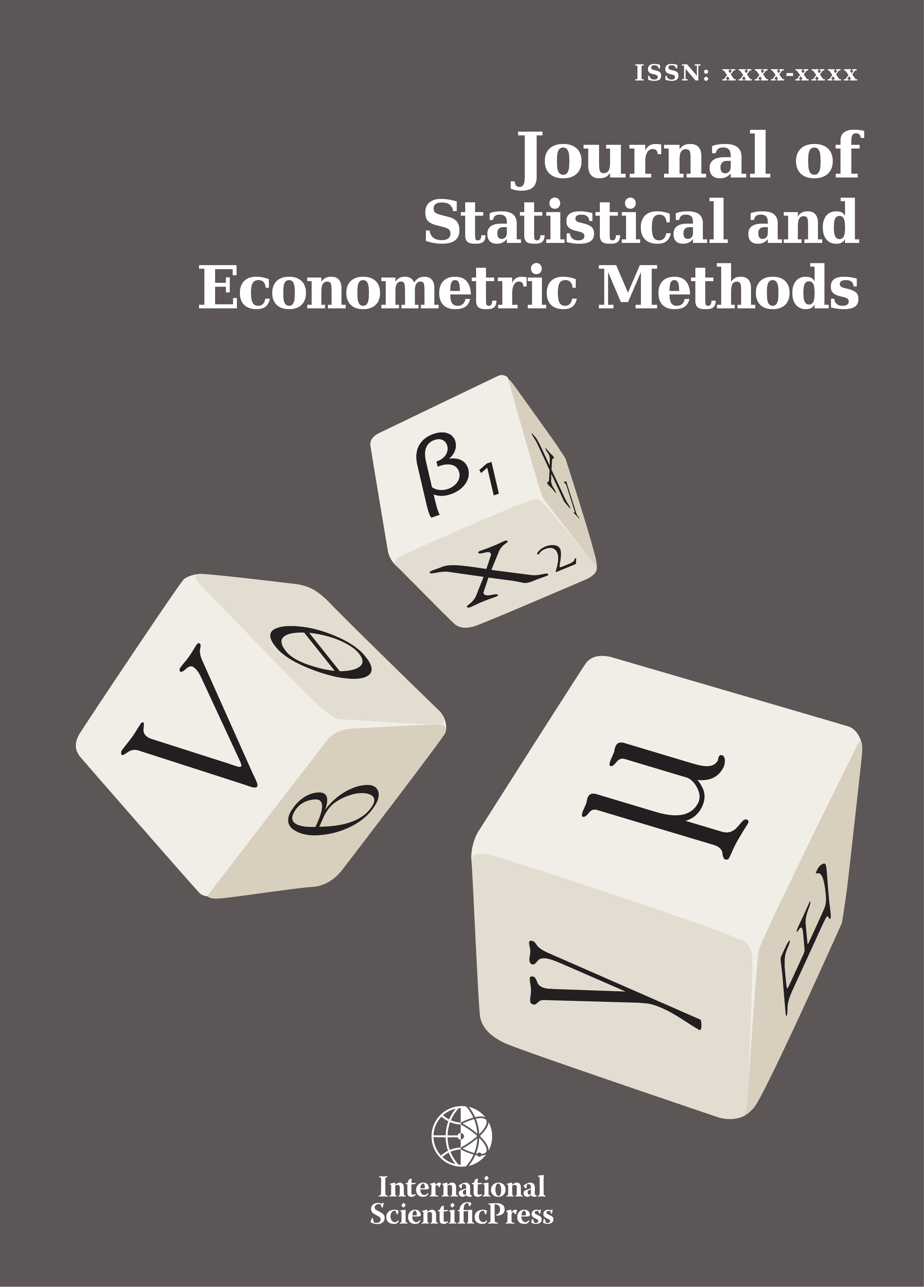Journal of Statistical and Econometric Methods
Sectoral effects of monetary policy in Uganda
-
 [ Download ]
[ Download ]
- Times downloaded: 12216
Abstract
The paper investigates the sectoral effects of monetary policy in Uganda over the period 1999 to 2011. Sectors which are the key drivers of Uganda’s GDP growth were analyzed. These included agriculture, manufacturing and service sectors. The analysis based on pair wise granger causality test and estimating a recursive VAR reveals that the exchange rate channel is the most effective monetary policy transmission channel to all the three sectors studied, while the interest rates and bank credit channels remain relatively weak channels of monetary policy especially within the manufacturing sector. Furthermore, a positive shock in exchange rates results into growth of agriculture and service sectors’ GDP. The contrast is realized in the manufacturing sector. Thus, based on these findings, emphasis should be put on maintaining a stable exchange rate that favors both exports and imports to ensure growth of both the manufacturing sector which mainly relies on imported-inputs and the agricultural and services sectors’ exports.
